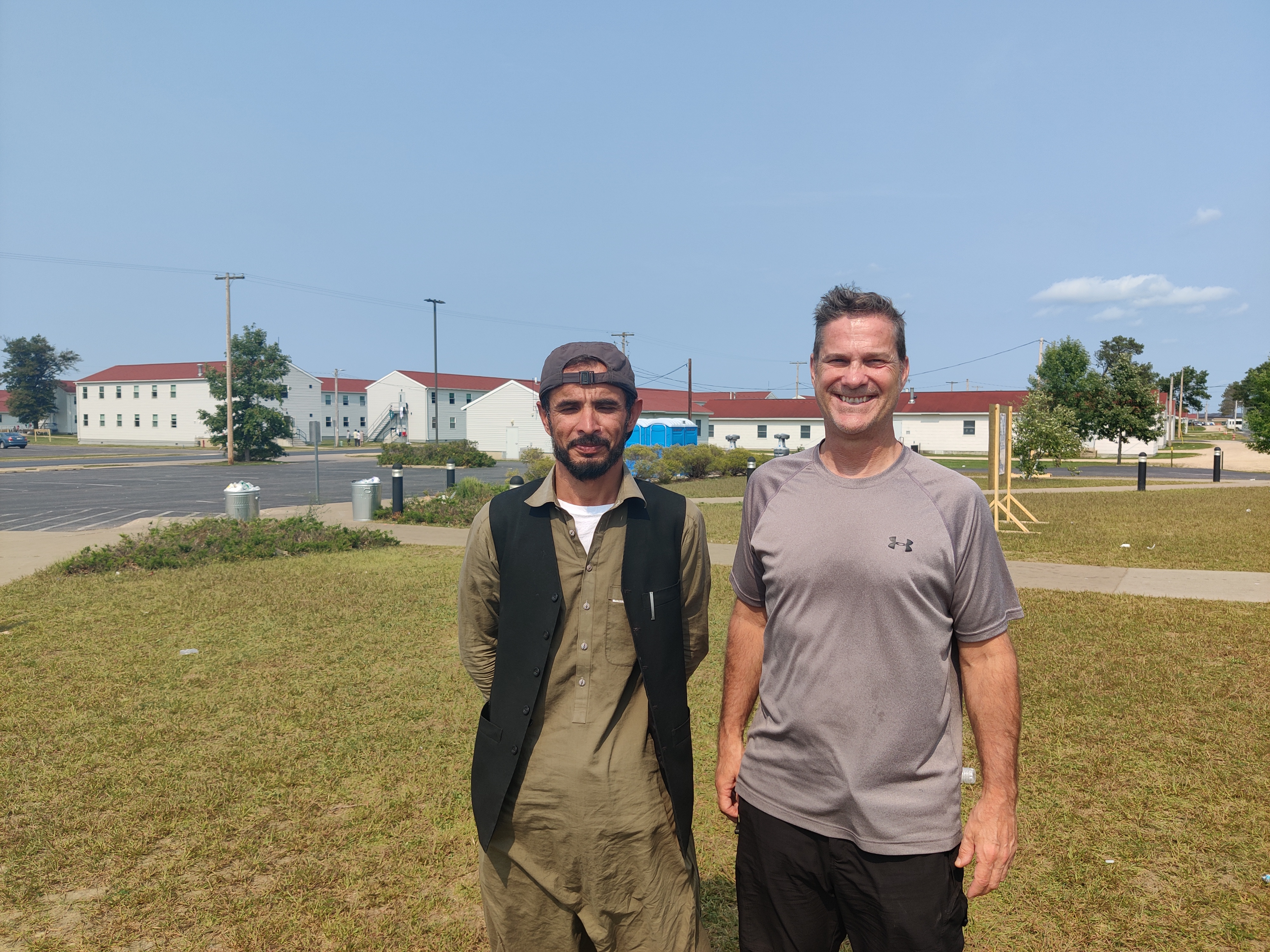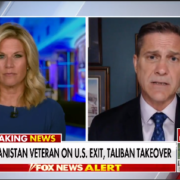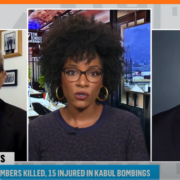Matrixed Organizations Don’t Work
They suffer a disorder similar to siloed ones: poor accountability.

Matrixed Organizations Don’t Work
Matrixed organizations don’t work. They suffer a disorder similar to siloed ones: poor accountability. The Afghanistan failure is exhibit A; it’s the same principle in business.
Members of Congress and America’s punditry recently awoke to the calamity in Afghanistan. The war ranks at the top of the biggest foreign policy disasters in U.S. history. In his Senate testimony on September 28th, Joint Chiefs Chairman General Mark Milley admitted that we lost to a rag-tag militant group known as the Taliban. Cue the hue-and-cry. And yet, no one has been held accountable for the fiasco.
The reason is simple: there’s been no one on the ground in charge of the war.

Wait. What?
That’s right. There’s no one in charge on the ground, so there’s no one to hold accountable for success or failure. There’s no single American the President can look to and say, “you are responsible for achieving success in Afghanistan.”
The military has a portion of the responsibility: fighting the enemy and training the (defunct) Afghan Army. The diplomats are in charge of building the (defunct) Afghan government capacity and coordinating with allies and neighboring countries. The U.S. Agency for International Aid and Development (USAID) is responsible for helping the (destroyed) Afghan economy and infrastructure. In intelligence agencies coordinate clandestine operations and provide intelligence assessments, while training the (dismantled) Afghan intelligence agency.
There’s no one below the President of the United States who has the authority and responsibility for making it all work together half a world away. Everyone else works comfortably in their silos.
While the generals, diplomats, aid workers, and spooks each talked about their progress, the situation kept deteriorating. The main causes for failure include the vast corruption within the Afghan government and military, and the Taliban sanctuaries in Pakistan. These problems occurred in the fault lines between the silos. Because no one was in charge of U.S. efforts on the ground, no one had the authority to address them or to tell the President that we needed a new strategy.














